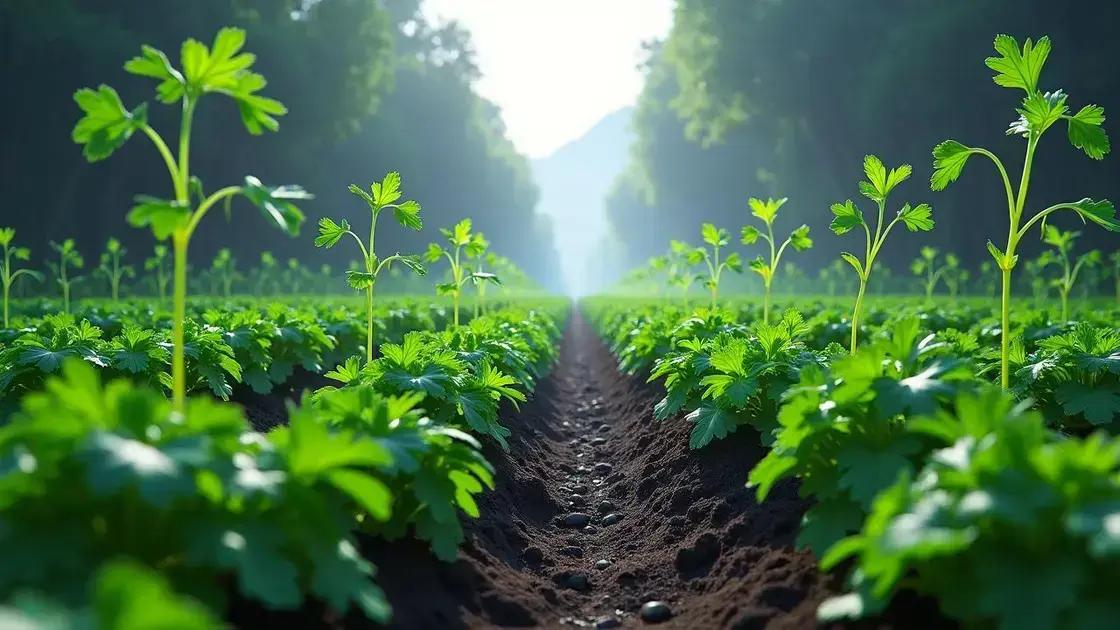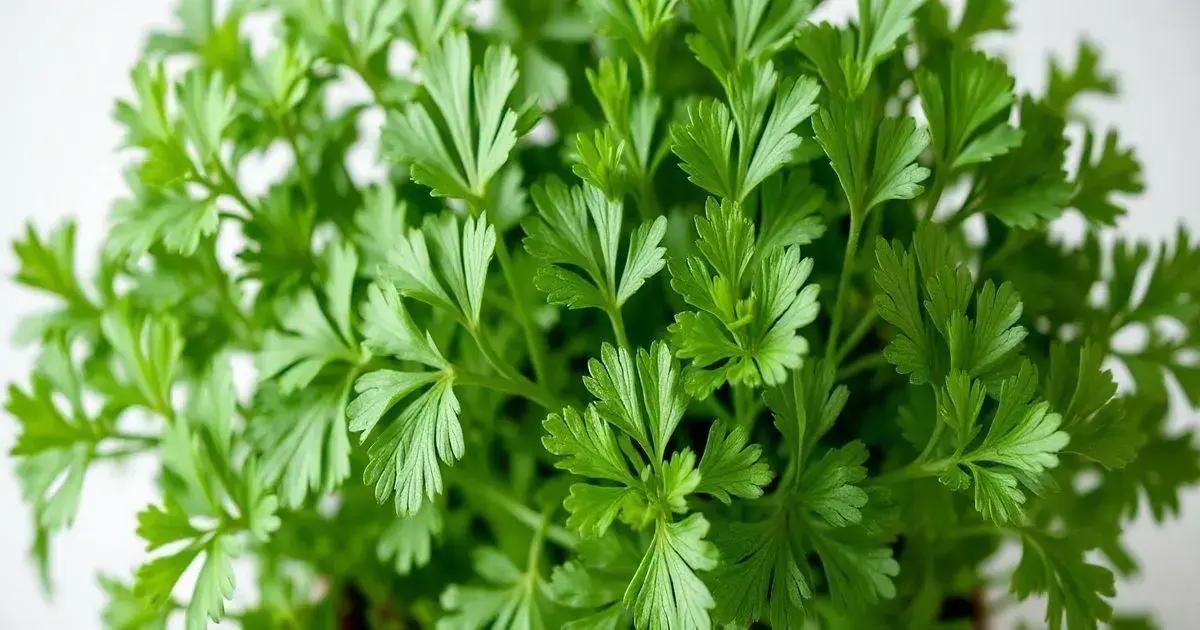How to Take Care of Cilantro Plants: 7 Essential Tips You Must Know
How to take care of cilantro plants can be a mystery for many gardeners. Understanding key elements like watering, soil, and pest control can transform your garden. Let’s dive into essential practices that will help your cilantro thrive!
Table of Contents
ToggleEssential watering techniques for cilantro plants
Essential watering techniques for cilantro plants are crucial for their growth and flavor. Proper watering ensures that cilantro thrives and produces the most aromatic leaves. Here’s a guide to help you master the watering needs of your cilantro plants.
Understanding cilantro’s watering needs
Cilantro plants prefer slightly moist soil but can easily suffer from overwatering, which leads to root rot. It’s important to find the right balance. Here are some key points:
- Water cilantro when the top inch of the soil feels dry to the touch.
- Water deeply but infrequently to encourage deeper root growth.
- Avoid letting cilantro sit in standing water.
Best practices for watering cilantro
Consider these steps for effective watering:
- Check moisture level daily, especially in warmer months.
- Water in the morning to allow leaves to dry before evening.
- If growing cilantro indoors, ensure good drainage in pots.
Adjusting watering frequency
Different conditions may require adjustments in watering frequency:
- If your cilantro is in a warm environment, consider watering more often.
- In cooler weather, reduce the frequency to prevent overwatering.
- For potted cilantro, monitor closely as pots dry out more quickly than garden beds.
Indoor versus outdoor cilantro watering
The watering technique may differ between indoor and outdoor cilantro:
| Aspect | Indoor Cilantro | Outdoor Cilantro |
|---|---|---|
| Soil moisture | More frequent checks | Check every couple of days |
| Drainage | Use well-draining pots | Ensure proper garden drainage |
| Watering time | Morning is preferable | Water as needed |
By following these essential watering techniques for cilantro plants, you can cultivate a thriving crop that adds fresh flavor to your dishes. Don’t forget about the importance of exploring indoor gardening techniques for better results.
Best soil conditions to encourage cilantro growth

Best soil conditions to encourage cilantro growth are key to providing a thriving environment for this aromatic herb. Understanding the ideal soil characteristics will significantly enhance your cilantro’s performance. Here’s an overview of what you need to know.
Ideal soil type for cilantro
Cilantro prefers a well-draining soil that retains some moisture without becoming soggy. Here’s what to look for:
- Loamy or sandy soil is often best for cilantro.
- Avoid heavy clay, which retains too much water.
- Use a mix that contains organic matter to improve drainage.
pH level and nutrient content
Monitoring the soil’s pH level and nutrient content is essential for optimal cilantro growth:
- The ideal pH range for cilantro is between 6.2 and 6.8.
- Incorporate compost or organic fertilizers to enhance soil nutrients.
- Test your soil periodically to ensure it meets these requirements.
Improving soil drainage
Good drainage is crucial for healthy cilantro plants. Consider these options:
- Add sand or perlite to your soil mix for better aeration.
- Use raised beds or containers with drainage holes to prevent water accumulation.
Planting cilantro in containers
If you’re growing cilantro in pots, ensure the following:
| Aspect | Recommendation |
|---|---|
| Pot size | At least 6-8 inches deep |
| Soil type | Well-draining potting mix |
| Watering | Water when the top inch is dry |
By ensuring the best soil conditions to encourage cilantro growth, you set your plants up for success. Don’t forget to look into exploring indoor gardening techniques for the best practices if you’re gardening indoors.
How to troubleshoot common cilantro plant issues
How to troubleshoot common cilantro plant issues can significantly enhance your gardening experience. Many gardeners encounter problems with their cilantro plants, but understanding how to identify and solve these issues is key to maintaining healthy greenery.
Identifying common cilantro problems
Before troubleshooting, it’s essential to recognize the symptoms your cilantro may exhibit:
- Yellowing leaves: Usually a sign of overwatering or nutrient deficiency.
- Wilting: Indicates either underwatering or contradictory excess moisture.
- Slow growth: Often linked to poor soil conditions or inadequate sunlight.
Addressing yellowing leaves
Yellowing leaves can indicate several underlying issues:
- Check the soil moisture – ensure it’s moist but not soggy.
- Consider adding a balanced fertilizer to replenish nutrients.
- Assess light exposure to ensure they are receiving adequate sunlight.
Tackling wilting problems
Wilting cilantro plants can be distressing. Here’s how to address it:
- Feel the soil – if it’s dry more than an inch down, water appropriately.
- If overwatered, allow the soil to dry out and ensure proper drainage.
Improving growth conditions
If your cilantro plants are growing slowly, consider adjusting these factors:
| Factor | Adjustment |
|---|---|
| Soil quality | Use well-draining and nutrient-rich soil. |
| Light availability | Ensure at least 6 hours of direct sunlight daily. |
| Pest control | Inspect daily for signs of pests and address them promptly. |
By actively monitoring and addressing the common cilantro plant issues, you can enjoy a healthier garden. Also, consider exploring indoor gardening techniques for specific challenges that come with growing cilantro indoors.
In conclusion
Caring for cilantro plants effectively is essential for enjoying the rich flavor they bring to your cooking. By mastering key aspects such as watering techniques, soil conditions, and troubleshooting common issues, you can ensure a thriving cilantro garden, whether indoors or outdoors. Remember to monitor your plants regularly and make adjustments as necessary for optimal growth. For further guidance, check out these tips on enhancing your indoor garden.

